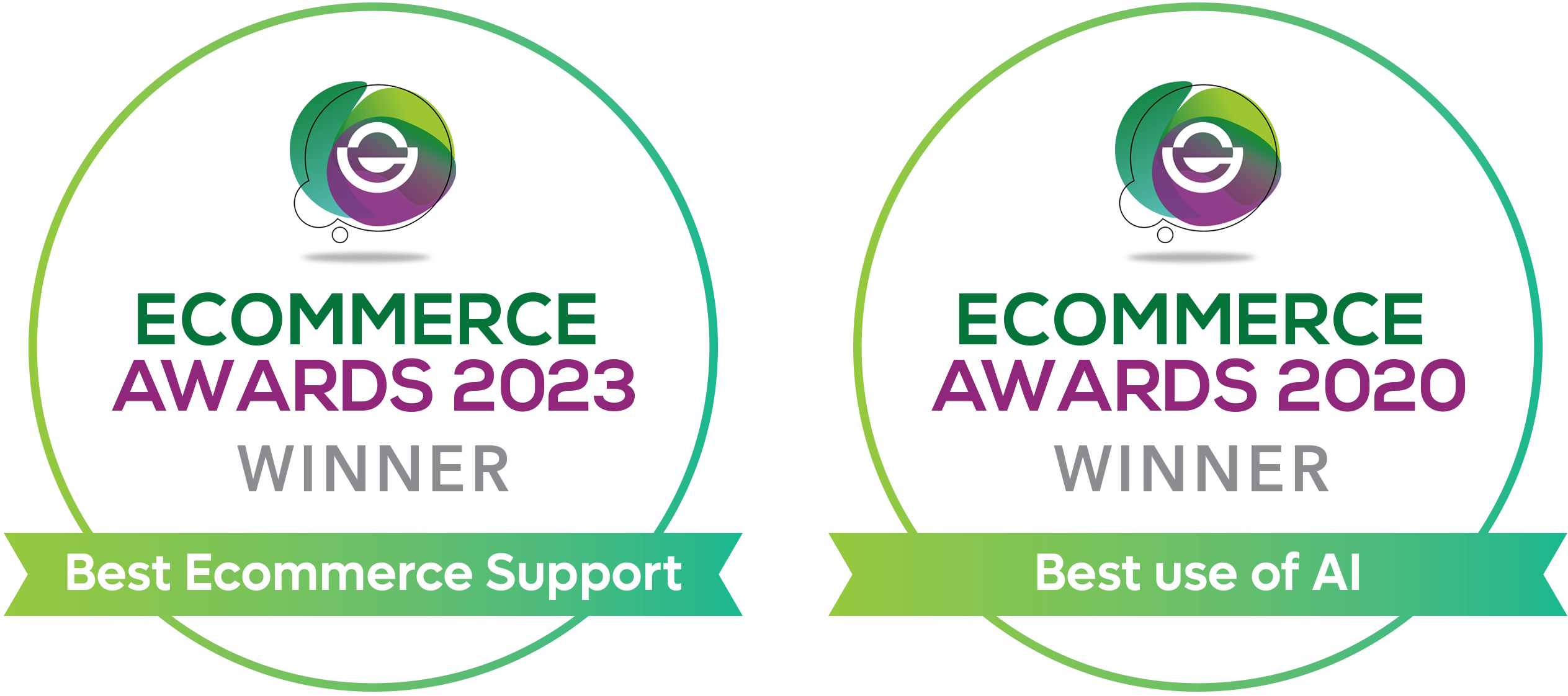What is the ROI of Marketing Measurement?
Metageni are often asked, “Why should we spend on better measurement right now? What will be the return on a custom marketing measurement solution?”. This is a great question for an agency that prides itself on getting a good grip on the Return on Investment in marketing and ad spend for our customers.
Bigger than you might think
The short-cut answer is, we find that brands that spend between 3-5% of their marketing budget on measurement generally achieve savings and ROI gains far in excess of that in return.
One of our current customers tasked us with delivering 5%+ (equated to £1.5M based on annualised spend) improvements in digital media efficiency over 12 months. In our first year of working together, Metageni exceeded our customers expectations with an ROI of £30 for every £1 spent on the programme with an estimated overachievement on the £1.5m savings goal.
However, to achieve that level of ROI a customer needs a willingness to take data analytics, data science and measurement seriously. This requires senior level focus and not just within the marketing department but across the business including finance decision makers. It also requires a desire to get accurate answers, make some uncomfortable short term decisions on the prioritisation of tests, and develop longer term plans and processes to get to the savings.
Getting ahead of rising costs
Too many companies reach the realisation that their marketing costs are rising faster than their revenues, and they need to find efficiencies, far too late, and are forced to cut marketing spend blindly in a self-defeating process. It takes time and effort to build a robust measurement capability for the whole marketing funnel and turn data analytics insights into actions.
It is far better to proactively engage with the size of the challenge before the crisis takes hold, and set a budget for measurement and optimisation that is in proportion to your marketing spend and then plan a series of ongoing projects to refine the analytics throughout the time.
To measure the benefits of measurement you first need…to fix your measurement!?
A key challenge is the actual missed opportunities and wasted spend present in your marketing spend are not visible if the data is not being properly unified and analysed, and so by definition, investment in improved marketing measurement has an uncertain range of benefits. It’s like navigating when you don’t yet have a map.
The final destination waits to be discovered so you just need to tackle the challenge head on and start exploring. Do not be daunted! – often the total benefits turn out to be much larger than expected.
The main benefits of measurement are of course around reducing wasted spend and increasing marketing investment plus ROI – you can review case studies to see how hugely significant these can be. But you should also consider less obvious additional benefits. These include greater insights such as deeper insight into the customer journey, insight into the role of different marketing channels at different stages in journey, insights to drive creative execution, insights into time from marketing exposure to sale, lifetime value and so much more.
Additional benefits also include team and even culture benefits. Teams with a robust unified measurement capability find it easier to focus on developing analytical skills and capabilities, and on building a data driven ‘test and learn’ culture, and on bringing marketing, finance and ecommerce operations closer together. This brings a real sense of greater control over the marketing budget and sales forecasting.
As your brand grows in confidence it will likely want to try more creative marketing strategies with more potential upside but also more risk. At this stage a robust measurement capability should be fully embedded so the marketing team can manage that risk through data driven marketing planning and intelligent experimentation. This is another reason why measurement has to be set up ahead of major marketing investments and not as an afterthought.
Measurement is not just data and technology issue
Finally, as you build your analytical and measurement stack do not make the mistake of trying to solve data and measurement gaps through technology alone. You also need high quality expert support. There are dozens of SaaS platforms that promise to do everything but in practice, are essentially DIY dashboard based measurement systems that leave the hard part of insight and interpretation to you, or give overly simplistic based on suspect standardised methodologies hidden under the hood. For most brands, the data to solve their marketing challenges already exists, but the problem is you lack the skills to combine and leverage this data to answer the critical questions. For that, you need expert support that you can trust.
Top 10 tips to deliver measurement ROI
Here are our top 10 tips for getting a Marketing Measurement project that delivers positive ROI
- Start with the business case: you are measuring marketing to make sure you’re getting better marketing results. Don’t be afraid to call that out, use 3%-5% of your marketing budget as a yardstick to start and build that into the business case discussion.
- Deal with the ‘how’ question: the exact outcomes are by definition unknown until your measurement is fixed, but how value will be created follows a clear and proven logic. Accurate measurement of channel and campaign ROI, throughout the funnel, leads to decisive shifts in the mix of spend towards high ROI activities to drive improved awareness, consideration and sales, and this is proven by numerous case studies.
- Bring in key stakeholders from the start: in particular finance holds the keys to ‘believability’, of results and are highly influential across management for marketing to secure the budget to execute on the recommendations. Too often we’ve seen finance treated merely as final gatekeepers to the total marketing budget, whereas with their leaning towards numerical analysis, we find that if they can see robust logic behind how the budget is spent, they are much more likely to support your plans .
- Get alignment: have a discussion with your measurement partner to align on measurement needs in line with your business and marketing strategy. This can really speed up the onboarding process to get the solution you need.
- Include extra benefits: there are further benefits even beyond the huge financial gains of cutting wasted spend and finding new marketing opportunities. These include deeper insights into customer journeys, and improvements in team analytics capabilities, development of data-driven culture and greater stakeholder buy-in from finance and management.
- Go for transparency and independence: marketing measurement projects don’t need to be onerous for your teams if they are based on secure yet transparent and well documented systems. We typically set up Google Big Query as a repository or data and make sure it’s being fed in real time from all your marketing data sources in order to avoid ‘lumpy’ and fragmented data sets. Don’t rely on media platforms or agencies to ‘mark their own homework’ with black-box systems.
- Target data gaps: Work out what data is missing and how you could fill the gap. Data points like competitive pricing by time can be sourced from some clever setups in Google for example. The same with brand awareness which can be sourced retrospectively from some of the big omnibus panels. It’s always worth checking what’s out there, and in a custom approach, you can choose exactly what measurements and KPIs you need to prioritise.
- Provide feedback: work with our measurement partner to review early results so you can sense check them against your own understanding and knowledge and provide feedback. A good provider will adjust their measurement to reflect your priorities.
- Review regularly: Set regular business reviews with your measurement partner so you can align on measurement priorities. This is the time to discuss what tests and experiments you need to put in place to get a deep dive on your burning marketing issues and achieve visible impact in the months ahead.
- Get expert help: Make sure your measurement partners are not just providing standardised SaaS solutions that leave all the thorny and difficult questions to you and your team. Make sure you get independent expert support as a central part of any new measurement solution that you take on.
If you think you might need help to make the case for investing in marketing measurement with us, please just get in touch: hello@metageni.com













